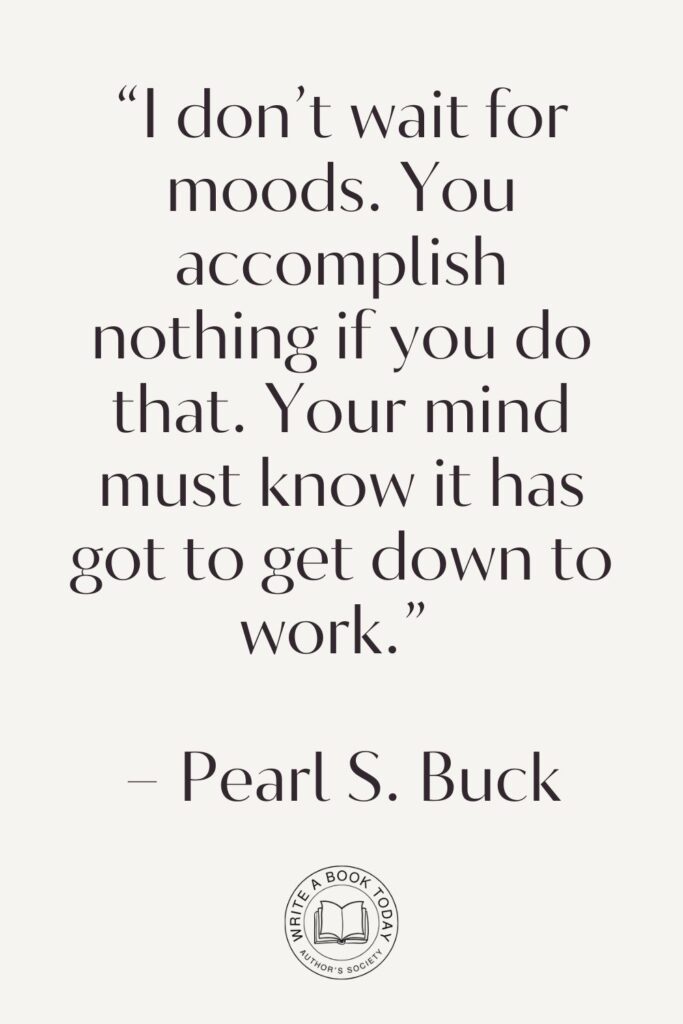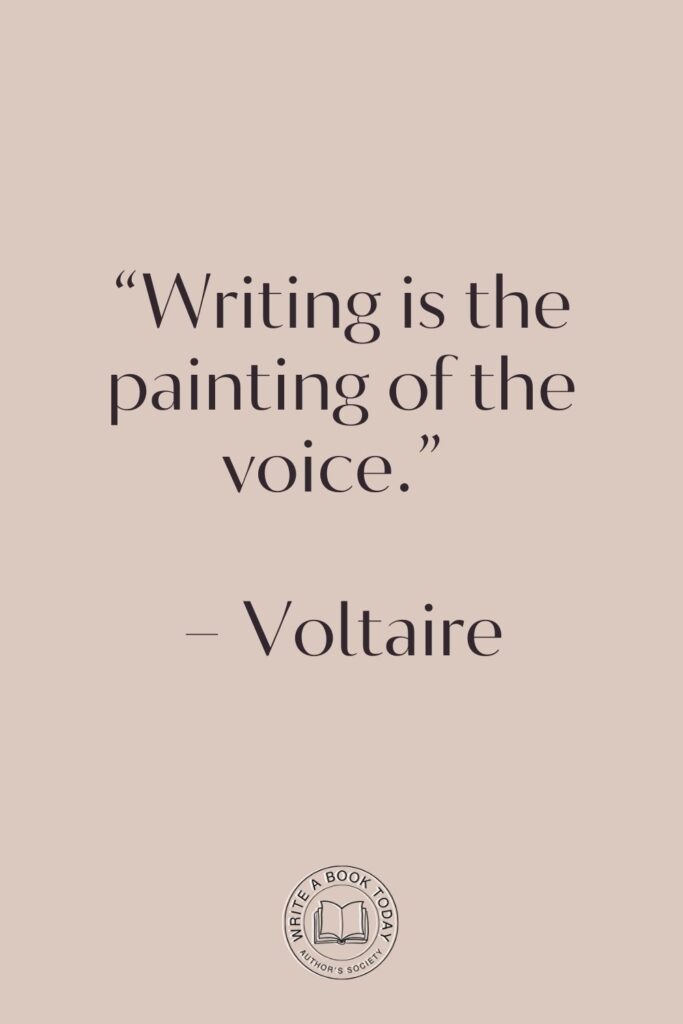Have you ever found yourself lost in the pages of a short story, marveling at how the author managed to evoke such vivid imagery and emotion in so few words? It’s a magical experience, isn’t it? But as enchanting as short stories are to read, crafting them is an art that comes with its own set of challenges.
Aspiring writers often find themselves grappling with the intricacies of short story writing, which can be surprisingly demanding. This blog post aims to unravel these challenges and provide insights into overcoming them, inspiring you to embark on your own storytelling journey.
Understanding the Challenges of Writing Short Stories
At first glance, short stories might seem like a breeze to write—after all, they’re short, right? But the brevity that defines them is precisely what makes them so complex. Unlike novels, where writers have ample space to develop plots and characters, short stories demand precision and economy of language.
Let’s delve into some of the core challenges of writing short stories and explore ways to tackle them effectively.
No marketing platform? No social following? No problem!
Publisher Rocket helps you market your debut novel like a pro.
It’s a gamechanger for debut authors – try it today!


The Brevity Dilemma: Packing a Punch in Limited Space
The first challenge is the need to convey a powerful message or evoke strong emotions within a limited word count. Writers must be selective with their words, ensuring every sentence contributes meaningfully to the story.
This requires a keen eye for detail and a knack for distilling complex ideas into concise prose. Imagine trying to capture the essence of a sunset in just a few brushstrokes—that’s the kind of precision required.
To achieve this, focus on the core elements of your story. Identify the central theme or message you wish to convey and eliminate any extraneous details that don’t support it. This approach not only helps maintain clarity but also ensures that your story resonates with readers on a deeper level.
When writing a short story, start by outlining the main plot points and characters. This will help you stay focused and avoid unnecessary tangents. Remember, less is more when it comes to short story writing.
The Importance of Narrative Structure in Short Stories
Narrative structure plays a pivotal role in shaping a short story. Unlike longer works, short stories often rely on a single, well-defined arc to drive the narrative forward. This structure provides a framework within which characters can evolve and conflicts can be resolved.
However, finding the right balance between a compelling plot and character development can be tricky.
Consider the classic three-act structure: setup, confrontation, and resolution. This format can be adapted to fit the shorter length of a short story, allowing you to create tension and resolution in a compact space. By carefully planning your narrative arc, you can ensure that your story has a satisfying and impactful conclusion.
Experiment with different narrative structures to find the one that best suits your story. Whether it’s a linear progression or a non-linear approach, choose a structure that enhances the emotional impact of your tale.

Character Development in Short Stories: Less is More
In the realm of short stories, character development is an art of subtlety. With limited space to work with, writers must craft characters that are both relatable and memorable, often using just a few well-chosen details. This requires a deep understanding of human nature and the ability to convey complex emotions through minimalistic descriptions.
One effective technique is to focus on a single defining trait or motivation for each character. This allows readers to quickly grasp their essence and become emotionally invested in their journey. Additionally, employing dialogue and actions that reveal character traits can add depth without overwhelming the narrative.
To create compelling characters, consider their backstory and motivations. Even if these details don’t make it into the story, they can inform how your characters speak and act, adding layers to their personalities.
Finding Your Unique Voice as a Writer
Every writer has a unique voice—a distinctive style that sets their work apart. Finding and honing this voice is a crucial step in becoming a successful short story writer.
However, the journey to discovering your voice can be fraught with self-doubt and creative blocks. Embracing your individuality and trusting your instincts is key to overcoming these hurdles.
Feeling lost with your debut novel?
Fiverr Pro connects you with expert editors, designers, and marketers – everything you need to get your book ready for success!

Overcoming Self-Doubt and Writer’s Block
Self-doubt is a common companion for many writers, often leading to writer’s block—a state where creativity seems to evaporate. It’s essential to recognize that these feelings are a natural part of the creative process.
Rather than succumbing to them, use them as opportunities for growth and exploration. Engage in free writing exercises or take inspiration from everyday experiences to reignite your creative spark.
Remember, perfection is not the goal; progress is. Allow yourself the freedom to experiment and make mistakes. With each attempt, you’ll inch closer to uncovering your authentic voice.
Crafting Relatable Characters and Authentic Dialogues
Creating characters that resonate with readers requires empathy and insight. To breathe life into your characters, draw inspiration from real people and experiences.
Authentic dialogue, in particular, can elevate a story, making interactions feel genuine and relatable. Listen to conversations around you, paying attention to speech patterns and expressions. This will help you craft dialogue that feels organic and true to life.
Balancing realism with creativity is essential. While it’s important to ground your characters in reality, don’t shy away from infusing them with quirks and idiosyncrasies that make them memorable.

Essential Short Story Writing Tips for Beginners
Embarking on the journey of short story writing can be both exhilarating and daunting. For beginners, having a toolkit of strategies can make the process more manageable. Here are some essential short story writing tips to guide you on your path.
The Art of Crafting a Compelling Hook
The opening lines of a short story are crucial in capturing the reader’s attention. A compelling hook sets the tone and piques curiosity, enticing readers to continue. Whether it’s an intriguing question, a vivid description, or a surprising statement, your hook should create a sense of anticipation.
Experiment with different openings until you find one that resonates. Remember, the goal is to draw readers in and make them eager to uncover what happens next.
Building Tension and Conflict Effectively
Tension and conflict are the lifeblood of any engaging story. In short stories, these elements must be introduced swiftly and resolved efficiently. Consider the central conflict of your story and how it affects your characters.
Use pacing and suspense to build tension, keeping readers on the edge of their seats.
Don’t be afraid to let your characters face difficult choices or unforeseen obstacles. These moments of conflict are where true character development occurs, adding depth and complexity to your narrative.
Google Docs is for notes. Scrivener is for novels. Upgrade your writing game and try it for free today!

Polishing Your Draft: The Revision Process
Once you’ve completed your first draft, the real work begins. Revision is an opportunity to refine your story, enhancing its clarity and impact. Approach this phase with an open mind, ready to make changes that strengthen your narrative.
The Role of Feedback in Short Story Writing
Feedback from trusted peers or mentors can provide valuable insights into your story’s strengths and weaknesses. It offers fresh perspectives and helps identify areas for improvement. Be receptive to constructive criticism, using it as a tool for growth.
Remember, the goal is not to please everyone but to create a story that resonates with your intended audience.
| Aspect | Consideration |
|---|---|
| Hook | Does it capture the reader’s attention? |
| Conflict | Is it clear and engaging? |
| Resolution | Does it provide closure? |
Embracing the Journey: Sharing Your Stories
Writing is a journey of discovery, both of the world and oneself. As you navigate the challenges of writing short stories, remember to embrace the process and celebrate your progress. Sharing your stories with others can be a rewarding experience, offering opportunities for connection and growth.
Whether you choose to publish your work or simply share it with friends, each story is a testament to your creativity and resilience. So, what challenges have you faced in your writing journey?
Share your thoughts and experiences, and let’s inspire one another to keep writing.








